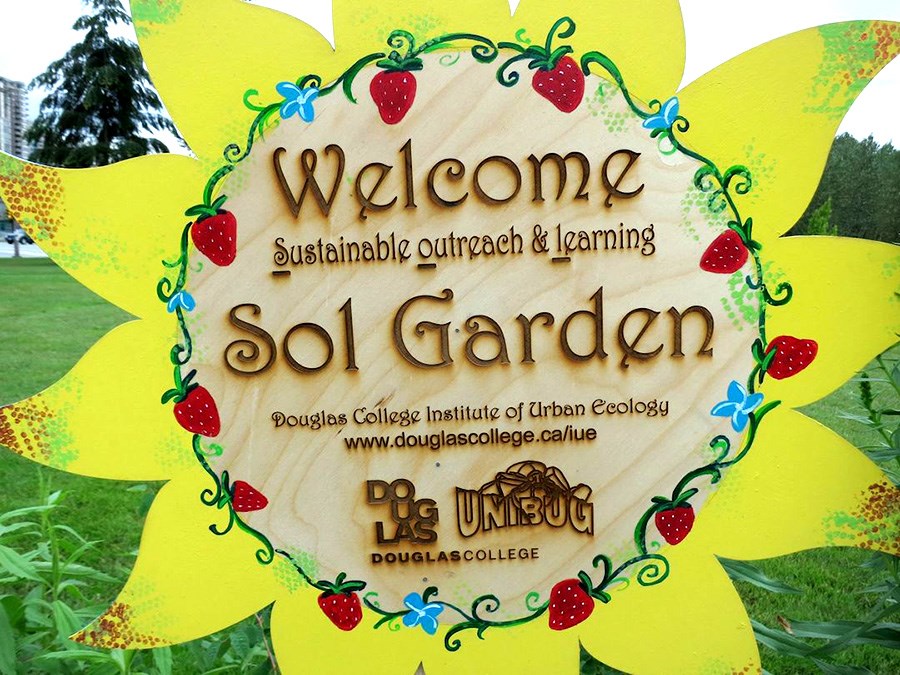In March, The Tri-City News published an article by Todd Major about chafer beetles that stated eradication is impossible.
Last month, CBC Radio interviewed Paul Robbins, author of Lawn People: How Grass, Weeds and Chemicals Make us Who we Are.
The common alternatives to lawn grass that tend to be shared include food gardens, xeriscapes (landscaping with drought-tolerant species) and, to my absolute dismay, the consideration of fake turf.
Folks, the last thing we need is more (toxic) plastics in our environment. Manufacturers of artificial turf “greenwash” their product by divulging how much water is saved by replacing natural lawn with this plastic carpet. No need to fertilize and oh, by the way, the product is recyclable. They neglect to mention how much water was required to make the product in the first place (i.e., its “blue” water footprint) and that it’s made entirely of petrochemicals.
Moreover, artificial turf companies recommend removing the top four to six inches of topsoil before installation. Where poor drainage exists, they recommend putting down a layer of sand. In essence, this unnatural, potentially hazardous surface is now replacing the unseen world of beneficial insects and micro-organisms that make life possible.
Not only does there appear to be a lack of awareness-building around the causes of the European chafer beetle infestation but even less about the follies of perpetuating artificial grass as an actual alternative.
But even our non-native natural lawns — which have a dormant season by nature and are meant to die back during the warmer, drier seasons — are not fully green.
In addition to the significant consumption of water, fertilizer and fossil-fuels required for lawn maintenance, these dominant urban landscape features offer next to no ecological value. In large spaces that require mowing by large machinery, the sod can become so compact that the area essentially behaves as an impervious surface, contributing to stormwater runoff.
It is vital to support our life-giving pollinators such as our native bumble bees, mason bees, butterflies and hummingbirds as well as our non-native honey bees. I was fortunate to grow up in a home that had a flourishing garden, complete with veggie patch. But now that I have just an eight-foot-by-10-foot patio, I am having to learn how to prioritize and select plants to achieve as much ecological, as well as nutritional, value to my little corner of the world.
Last month, I joined Douglas College Institute of Urban Ecology’s grand opening of its SOL (Sustainable, Outreach and Learning) Garden. Here are some of the wonderful things this beautiful resource is hoping to teach us:
• Schedule your plantings so that you have blooms throughout the growing season, especially early spring and late fall (e.g., Saskatoon berry, mock orange, highbush cranberry and oceanspray).
• Plant a variety of flowers, including native plants and simple blooms for easy bee access (e.g., salvia, oregano, lavender, Rosa, native asters and penstemon). I’ve just learned that all those pretty-coloured bedding plants commonly for sale not only offer negligible pollen or nectar (except fuchsias for hummingbirds) but also can waste pollinators’ energy by attracting them…for nothing.
• Plant in groupings to allow for more efficient foraging by bees.
• The more colours the better — bees particularly like bright white, blue and yellow flowers.
• For shady spots and gardens, there are resources to help you create natural beauty too. Check out Larry Hodgson’s Making the Most of Shade: How to Plan, Plant and Grow a Fabulous Garden that Lightens up the Shadows.
To learn more, please join us Thursday, July 21 when Veronica Wahl, co-ordinator of the Institute of Urban Ecology, will present “What’s All the Buzz About? Pollinators in Urban Gardens” at Tri-City Greendrinks’ monthly gathering. See meetup.com/tricity-greendrinks for details.
Melissa Chaun of Port Moody is an ecologist with a passion for all things sustainable. She is events co-ordinator with the Rivershed Society of BC, volunteers on various city committees and co-ordinates the monthly meetings for Tri-City Greendrinks. Her column runs monthly.



